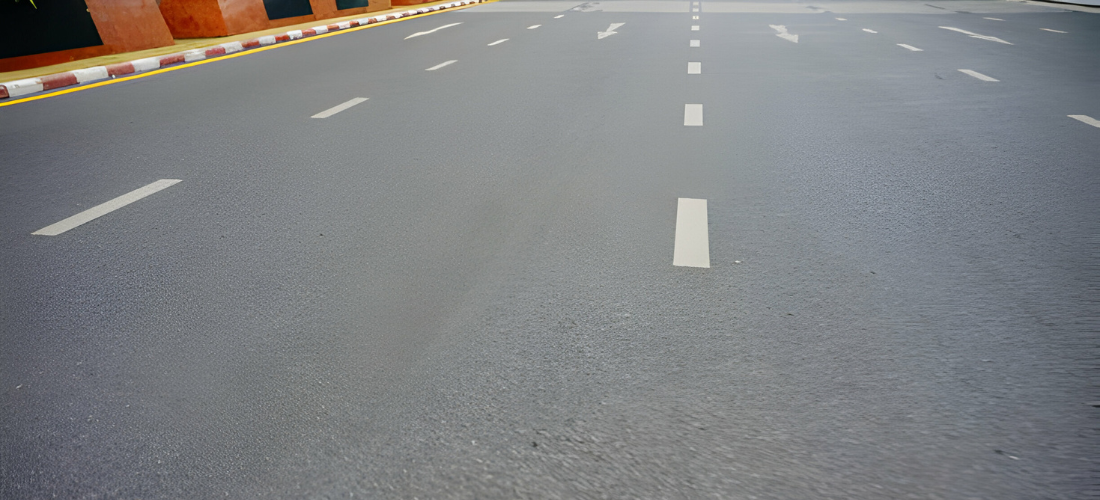Maintaining the vast network of roads and highways is an ongoing challenge for
transportation authorities worldwide. As road surfaces degrade over time due to
factors like traffic, weather, and age, the need for efficient and effective rehabilitation
techniques becomes increasingly critical. In recent years, significant advancements
in road resurfacing machines have transformed the way we repair and rejuvenate
our infrastructure. In this article, we delve into the innovative technologies shaping
the future of infrastructure rehabilitation.
- Intelligent Asphalt Pavers
Traditional asphalt pavers have undergone a technological revolution, evolving into
intelligent machines equipped with advanced sensors, GPS systems, and automated
controls. These modern asphalt pavers offer precise and efficient paving capabilities,
resulting in smoother surfaces and reduced material wastage. Key features of
intelligent asphalt pavers include:
Automatic Grade and Slope Control: Sensors and GPS systems enable automatic
adjustment of the paver’s screed to maintain the desired grade and slope, ensuring
uniform pavement thickness and smoothness.
Material Management Systems: Integrated systems monitor material flow rates,
temperature, and compaction, optimizing paving efficiency and quality.
Data Logging and Reporting: Real-time data collection allows for comprehensive
monitoring of paving operations and the generation of detailed reports for quality
assurance and project management. - Recycler Machines
Recycler machines have emerged as game-changers in road rehabilitation by
offering cost-effective and environmentally friendly solutions for reusing existing
pavement materials. These innovative machines can reclaim and rejuvenate old
asphalt pavement, reducing the need for new materials and minimizing waste. Key
features of recycler machines include:
In-Situ Recycling: Recycler machines can process reclaimed asphalt pavement
(RAP) on-site, eliminating the need for transportation to and from recycling facilities.
Foamed Asphalt Technology: Some recycler machines utilize foamed asphalt
technology to enhance the properties of recycled asphalt mixtures, improving
durability and performance.
Cold Recycling: Cold recycling techniques allow recycler machines to reclaim
asphalt pavement without the need for heating, reducing energy consumption and
greenhouse gas emissions.
- Laser Screeds
Laser screeds have revolutionized the process of concrete paving by offering
unparalleled precision and efficiency in pavement construction. These advanced
machines utilize laser-guided systems to achieve precise grade and flatness
requirements, resulting in high-quality concrete surfaces. Key features of laser
screeds include:
Automated Grade Control: Laser-guided systems automatically adjust the screed’s
elevation and slope to match the specified grade and cross-slope, minimizing
manual labor and ensuring uniform pavement thickness.
High-Speed Paving: Laser screeds can achieve significantly higher paving speeds
compared to traditional methods, reducing project timelines and labor costs.
Improved Surface Quality: By eliminating human error and inconsistencies, laser
screeds produce smoother and more uniform concrete surfaces, enhancing ride
quality and reducing maintenance requirements. - Autonomous Construction Equipment
The advent of autonomous construction equipment is poised to revolutionize the
road construction and rehabilitation industry. These advanced machines leverage
artificial intelligence, machine learning, and robotics to automate various tasks,
improve safety, and increase productivity. Key features of autonomous construction
equipment include:
Remote Operation: Operators can control autonomous machines from a remote
location, reducing the need for personnel to be present on-site and minimizing safety
risks.
Real-Time Monitoring: Integrated sensors and cameras provide real-time feedback
on machine performance, allowing for proactive maintenance and troubleshooting.
Optimized Workflows: Autonomous construction equipment can optimize workflows
and resource utilization, improving efficiency and reducing project costs.
Conclusion
Road resurfacing machines have undergone remarkable advancements in recent
years, driven by a relentless pursuit of innovation and efficiency in infrastructure
rehabilitation. From intelligent asphalt pavers and recycler machines to laser screeds
and autonomous construction equipment, these cutting-edge technologies are
reshaping the future of road construction and maintenance. By embracing these
innovations, transportation authorities can improve the quality, durability, and
sustainability of our roadways, ensuring safe and smooth travel for generations to
come. As we continue to push the boundaries of technological innovation, the
possibilities for enhancing infrastructure rehabilitation are limitless, heralding a new
era of smarter, more resilient transportation networks.

